Travelers 2008 Annual Report Download - page 205
Download and view the complete annual report
Please find page 205 of the 2008 Travelers annual report below. You can navigate through the pages in the report by either clicking on the pages listed below, or by using the keyword search tool below to find specific information within the annual report.-
 1
1 -
 2
2 -
 3
3 -
 4
4 -
 5
5 -
 6
6 -
 7
7 -
 8
8 -
 9
9 -
 10
10 -
 11
11 -
 12
12 -
 13
13 -
 14
14 -
 15
15 -
 16
16 -
 17
17 -
 18
18 -
 19
19 -
 20
20 -
 21
21 -
 22
22 -
 23
23 -
 24
24 -
 25
25 -
 26
26 -
 27
27 -
 28
28 -
 29
29 -
 30
30 -
 31
31 -
 32
32 -
 33
33 -
 34
34 -
 35
35 -
 36
36 -
 37
37 -
 38
38 -
 39
39 -
 40
40 -
 41
41 -
 42
42 -
 43
43 -
 44
44 -
 45
45 -
 46
46 -
 47
47 -
 48
48 -
 49
49 -
 50
50 -
 51
51 -
 52
52 -
 53
53 -
 54
54 -
 55
55 -
 56
56 -
 57
57 -
 58
58 -
 59
59 -
 60
60 -
 61
61 -
 62
62 -
 63
63 -
 64
64 -
 65
65 -
 66
66 -
 67
67 -
 68
68 -
 69
69 -
 70
70 -
 71
71 -
 72
72 -
 73
73 -
 74
74 -
 75
75 -
 76
76 -
 77
77 -
 78
78 -
 79
79 -
 80
80 -
 81
81 -
 82
82 -
 83
83 -
 84
84 -
 85
85 -
 86
86 -
 87
87 -
 88
88 -
 89
89 -
 90
90 -
 91
91 -
 92
92 -
 93
93 -
 94
94 -
 95
95 -
 96
96 -
 97
97 -
 98
98 -
 99
99 -
 100
100 -
 101
101 -
 102
102 -
 103
103 -
 104
104 -
 105
105 -
 106
106 -
 107
107 -
 108
108 -
 109
109 -
 110
110 -
 111
111 -
 112
112 -
 113
113 -
 114
114 -
 115
115 -
 116
116 -
 117
117 -
 118
118 -
 119
119 -
 120
120 -
 121
121 -
 122
122 -
 123
123 -
 124
124 -
 125
125 -
 126
126 -
 127
127 -
 128
128 -
 129
129 -
 130
130 -
 131
131 -
 132
132 -
 133
133 -
 134
134 -
 135
135 -
 136
136 -
 137
137 -
 138
138 -
 139
139 -
 140
140 -
 141
141 -
 142
142 -
 143
143 -
 144
144 -
 145
145 -
 146
146 -
 147
147 -
 148
148 -
 149
149 -
 150
150 -
 151
151 -
 152
152 -
 153
153 -
 154
154 -
 155
155 -
 156
156 -
 157
157 -
 158
158 -
 159
159 -
 160
160 -
 161
161 -
 162
162 -
 163
163 -
 164
164 -
 165
165 -
 166
166 -
 167
167 -
 168
168 -
 169
169 -
 170
170 -
 171
171 -
 172
172 -
 173
173 -
 174
174 -
 175
175 -
 176
176 -
 177
177 -
 178
178 -
 179
179 -
 180
180 -
 181
181 -
 182
182 -
 183
183 -
 184
184 -
 185
185 -
 186
186 -
 187
187 -
 188
188 -
 189
189 -
 190
190 -
 191
191 -
 192
192 -
 193
193 -
 194
194 -
 195
195 -
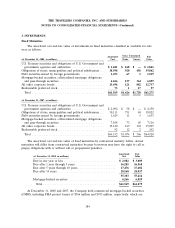 196
196 -
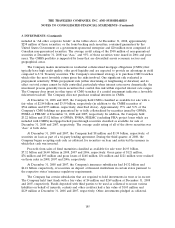 197
197 -
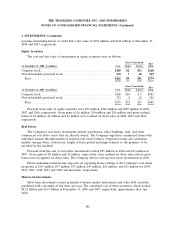 198
198 -
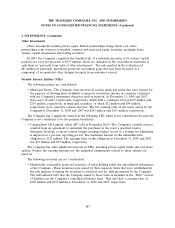 199
199 -
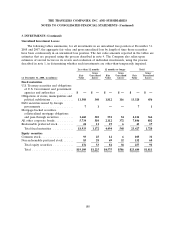 200
200 -
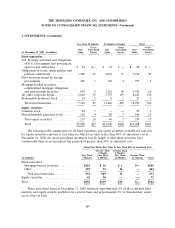 201
201 -
 202
202 -
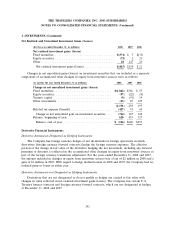 203
203 -
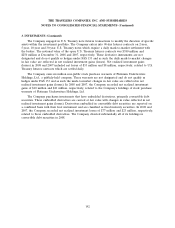 204
204 -
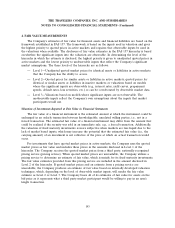 205
205 -
 206
206 -
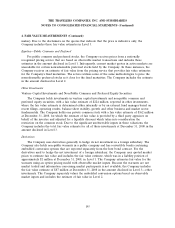 207
207 -
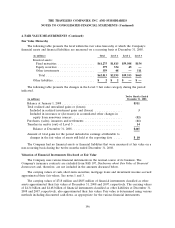 208
208 -
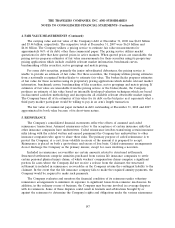 209
209 -
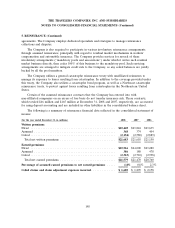 210
210 -
 211
211 -
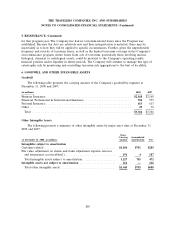 212
212 -
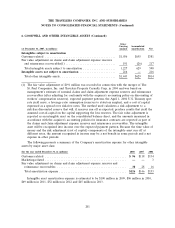 213
213 -
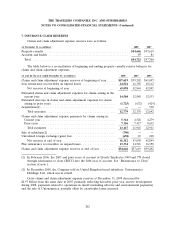 214
214 -
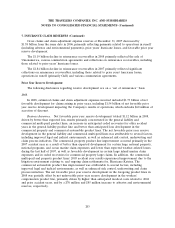 215
215 -
 216
216 -
 217
217 -
 218
218 -
 219
219 -
 220
220 -
 221
221 -
 222
222 -
 223
223 -
 224
224 -
 225
225 -
 226
226 -
 227
227 -
 228
228 -
 229
229 -
 230
230 -
 231
231 -
 232
232 -
 233
233 -
 234
234 -
 235
235 -
 236
236 -
 237
237 -
 238
238 -
 239
239 -
 240
240 -
 241
241 -
 242
242 -
 243
243 -
 244
244 -
 245
245 -
 246
246 -
 247
247 -
 248
248 -
 249
249 -
 250
250 -
 251
251 -
 252
252 -
 253
253 -
 254
254 -
 255
255 -
 256
256 -
 257
257 -
 258
258 -
 259
259 -
 260
260 -
 261
261 -
 262
262 -
 263
263 -
 264
264 -
 265
265 -
 266
266 -
 267
267 -
 268
268 -
 269
269 -
 270
270 -
 271
271 -
 272
272 -
 273
273 -
 274
274 -
 275
275 -
 276
276 -
 277
277 -
 278
278 -
 279
279 -
 280
280 -
 281
281 -
 282
282 -
 283
283 -
 284
284 -
 285
285 -
 286
286 -
 287
287 -
 288
288
 |
 |
THE TRAVELERS COMPANIES, INC. AND SUBSIDIARIES
NOTES TO CONSOLIDATED FINANCIAL STATEMENTS (Continued)
4. FAIR VALUE MEASUREMENTS
The Company’s estimates of fair value for financial assets and financial liabilities are based on the
framework established in FAS 157. The framework is based on the inputs used in valuation and gives
the highest priority to quoted prices in active markets and requires that observable inputs be used in
the valuations when available. The disclosure of fair value estimates in the FAS 157 hierarchy is based
on whether the significant inputs into the valuation are observable. In determining the level of the
hierarchy in which the estimate is disclosed, the highest priority is given to unadjusted quoted prices in
active markets and the lowest priority to unobservable inputs that reflect the Company’s significant
market assumptions. The three levels of the hierarchy are as follows:
— Level 1—Unadjusted quoted market prices for identical assets or liabilities in active markets
that the Company has the ability to access.
— Level 2—Quoted prices for similar assets or liabilities in active markets; quoted prices for
identical or similar assets or liabilities in inactive markets; or valuations based on models
where the significant inputs are observable (e.g., interest rates, yield curves, prepayment
speeds, default rates, loss severities, etc.) or can be corroborated by observable market data.
— Level 3—Valuations based on models where significant inputs are not observable. The
unobservable inputs reflect the Company’s own assumptions about the inputs that market
participants would use.
Valuation of Investments Reported at Fair Value in Financial Statements
The fair value of a financial instrument is the estimated amount at which the instrument could be
exchanged in an orderly transaction between knowledgeable, unrelated willing parties, i.e., not in a
forced transaction. The estimated fair value of a financial instrument may differ from the amount that
could be realized if the security was sold in an immediate sale, e.g., a forced transaction. Additionally,
the valuation of fixed maturity investments is more subjective when markets are less liquid due to the
lack of market based inputs, which may increase the potential that the estimated fair value (i.e., the
carrying amount) of an investment is not reflective of the price at which an actual transaction would
occur.
For investments that have quoted market prices in active markets, the Company uses the quoted
market prices as fair value and includes these prices in the amounts disclosed in Level 1 of the
hierarchy. The Company receives the quoted market prices from a third party, nationally recognized
pricing service (pricing service). When quoted market prices are unavailable, the Company utilizes a
pricing service to determine an estimate of fair value, which is mainly for its fixed maturity investments.
The fair value estimates provided from this pricing service are included in the amount disclosed in
Level 2 of the hierarchy. If quoted market prices and an estimate from a pricing service are
unavailable, the Company produces an estimate of fair value based on internally developed valuation
techniques, which, depending on the level of observable market inputs, will render the fair value
estimate as Level 2 or Level 3. The Company bases all of its estimates of fair value for assets on the
bid price as it represents what a third party market participant would be willing to pay in an arm’s
length transaction.
193
